Knowing the postal services history is the best weapon in collecting stamps. Stamps are elements used since writing evolved. Postage stamp is important to be able to transport mails from one place to other.
What are postal stamps?
Postal stamps are small gummed label issued by postal authorities. It is affixed to an envelope, postcard, or package as evidence that postal charges have been paid. It is the most popular way of paying retail mails and postal stationery. This small rectangular adhesive paper signifies that the person sending has fully paid or partly for delivery.
History of Adhesive postage stamp
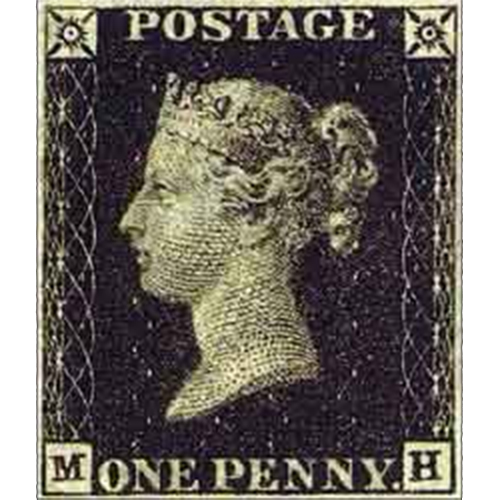
On August 22 1839, the British Treasury planned to implement an affordable postal service as proposed by reformer Rowland Hill (1795- 1874). In order to have various stamp designs to choose from, they announced a competition for designs and suggestions as to how Penny postage might look like.
The champion received £200 while the runner up received £100. There were 2,700 entries that joined the competition. But none of the winning entries was actually used.
The Penny Black stamp design, depicting the bust of Queen Victoria, was submitted by Sir George Mackenzie of Coul, Ross-shire and finally approved in the Royal Collection at Buckingham Palace.
The first stamp was put on sale on May 1, 1840 and was valid from May 6, 1840. Two days later the Two Pence Blue came. Both show a portrait of young Queen Victoria. At that time, The United Kingdom’s name was not inscribed on the stamp. United Kingdom remained the only country not to inscribe its name on the stamp because the monarch’s head was used as identification.
On January 1854, stamps were officially perforated by Mr. Archer and issued at the House of Commons. Mr. Archer was paid £4,000 for the patent.
On the other hand, Canton of Zurich in Switzerland made their stamps on March 1, 1843. They issued Zurich 4 and 6 rappen. Brazil issued the Bull’s Eye stamps on August 1, 1843.
They used the same printer as of Penny Black but choose an abstract design instead for the portrait of Emperor Pedro ll so that his figure would not be disfigured as for the postmark.
Benjamin Franklin 5 cents and George Washington 10 cents stamps
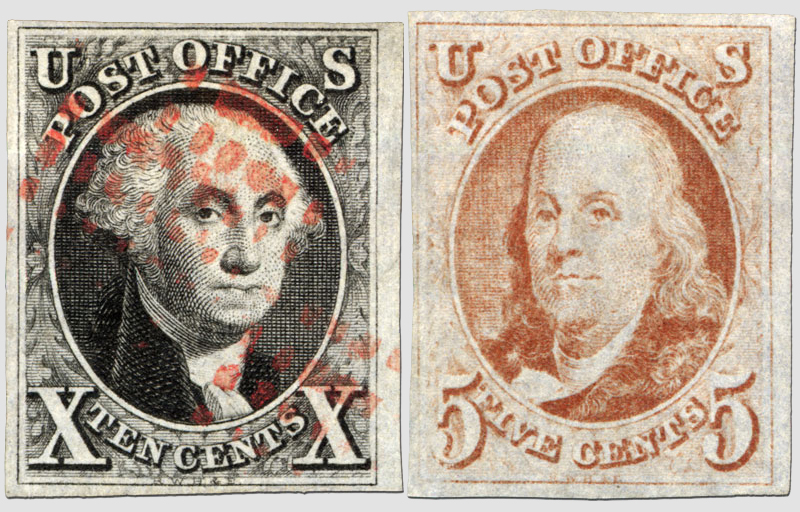
Some postmasters in the United States of America issued their own stamps in 1845. But the first United States official postage stamp came in 1847, with 5 and 10 cent stamps depicting Benjamin Franklin and George Washington. Other countries issued postage stamps in the late 1840’s. India as one of the follower issued stamps in 1845 and by 1860’s most countries had stamps.
After the introduction of stamps in UK, the number of letters increased from 82 million in 1839 to 170 million in 1841. Today (2009), over 21 billion items are delivered by post every year in the United Kingdom.
Postage stamp ancestors
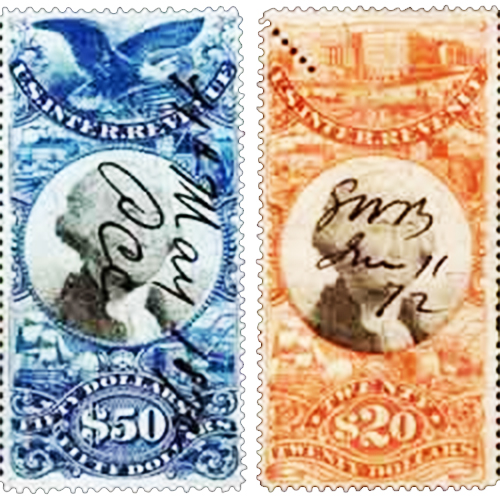
All elements that made up the first stamps were already in existence. Revenue stamp is represented on a blue paper which had been around 1694. Revenue stamp also known as tax stamp or fiscal stamp is a stamp used to collect taxes or fees on documents registrations, licenses, etc.
Revenue stamps were attached to parchment documents by means of lead staples. It is secured at the back by small rectangular piece of paper – the future size of Penny Black. It bears crowned royal cipher, plate numbers, and corner letters.
One way to raise their revenue is to subject a tax to newspapers. The tax is used to buy weapons for defense during the war. It was the extension of this levy to the American colonies in 1765 via the Stamp Act. The Stamp Act helped trigger the opposition which culminated to War of Independence few years later. In 1802 and onwards, many taxes were denoted by adhesive labels.
Furthermore, the tax stamps applied to patent medicines were not unlike some of the essays submitted in the Treasury competition.
The adhesive labels denoting pre-payment of freight charges are used by shipping freight companies. From about 1811, the concept of using adhesive labels to denote pre payment was a natural development.
Postal revolution
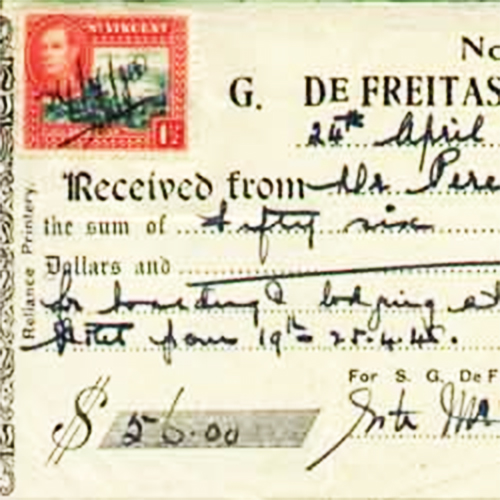
The Penny Black, one of the rarest British stamp, and the Two pence Blue were first introduced in May 1840. The stamps were drawn by Henry Corbould from the effigy of Queen Victoria. The effigy was depicted from the Guildhall Medal of 1838. It was sculpted by William Wyon and engraved by Charles and Frederick Heath.
The engine used to engrave the background was patented by the American engineer Jacob Perkins. He devised a method of engraving steel plates to print banknotes that were proof against forgery.
The new-fangled stamps were not popular in the beginning. They were only sold exclusively at post offices operated by the Board of Stamps and Taxes. Moreover, only postmasters are licensed to sell the stamps.
In 1852, people had an option to prepay postage stamps in cash. These letters bore red postmark to indicate that it is a prepaid letter. Aside from that, letters could also be sent without payment but the transport of mails is charged double, 2d per half ounce.
First Stamps of different countries
Brazilian first postage stamp
Following Britain’s lead is Brazil. The Brazilian first postage stamp is Bull’s Eyes in 1843. A year earlier, New York City Dispatch Post was using 1c stamps portraying George Washington. An Englishman Henry Thomas Windsor, owner of the private local service, imported the idea of using George Washington postage stamp.
Swiss first postage stamp
In 1843-5, the Swiss cantons of Basle, Geneva, and Zurich first adopted letter stamps to communicate.
United States first postage stamp
The United States Post Office (USPO) authorized postmasters to issue their own stamp in 1845. Two years later, the first federal issue consisted of 5c and 10c stamps portraying Benjamin Franklin, first postmaster of the USA, and George Washington respectively.
Early American definitive series stamps included the bust of Washington, though Franklin was dropped after 1965. Furthermore, they produced commemorative stamps to commemorate a person, place, scenery, or occasions. Commemorative stamps are only available in a limited period of time.
British colonial first postage stamp
Mauritius in 1847 was the first British colony to adopt adhesive stamps. The same year, Trinidad had a local stamp for mails carried by Lady McLeod. Lady McLeod is a steamship run by a private company. This steamship was featured on a stamp during Mauritius ear. As early as 1843, the Broadway of Penny Post of New York had a stamp showing the same steam locomotive.
Bermuda adopted adhesive stamps in 1848. The postmasters of Hamilton and St. George’s produced hand-stamps on gummed paper.
European first postage stamps
In 1849 Bavaria, Belgium, and France produced their first postage stamp. Decade after it extended to Austria, Austrian Italy, British Guiana, Hanover, New South Wales, Prussia, Saxony, Schleswig-Holstein, Spain, Switzerland, and Australian state of Victoria.
Australian first postage stamp
New South Wales had predicted Britain’s adoption of prepaid postage by producing embossed letters as early as 1838. But adhesive stamps were lagged behind by 12 years.
Other first foreign stamps
When postage was released, the use of adhesive stamp spread rapidly. Baden, Canada, Denmark, Hawaii, New Brunswick, Nova Scotia, Sardinia, Trinidad, Tuscany, and Wurttemberg joined the stamp-issuing entities in 1851.
Another 11 countries adopted the same system in 1852. Indian district, now called Pakistan was the first Asian country that adopted this system. The triangular Cape of Good Hope was then used in South Africa. Stamps have spread to every colonized continent. The spreading of stamp opted many people to collect stamps from different countries.
Nowadays, stamps that were made in 1840’s are considered old postage stamps. Old stamps are sought after from stamp collectors especially the rare stamps. Millions of people send letters a day to be able to communicate.

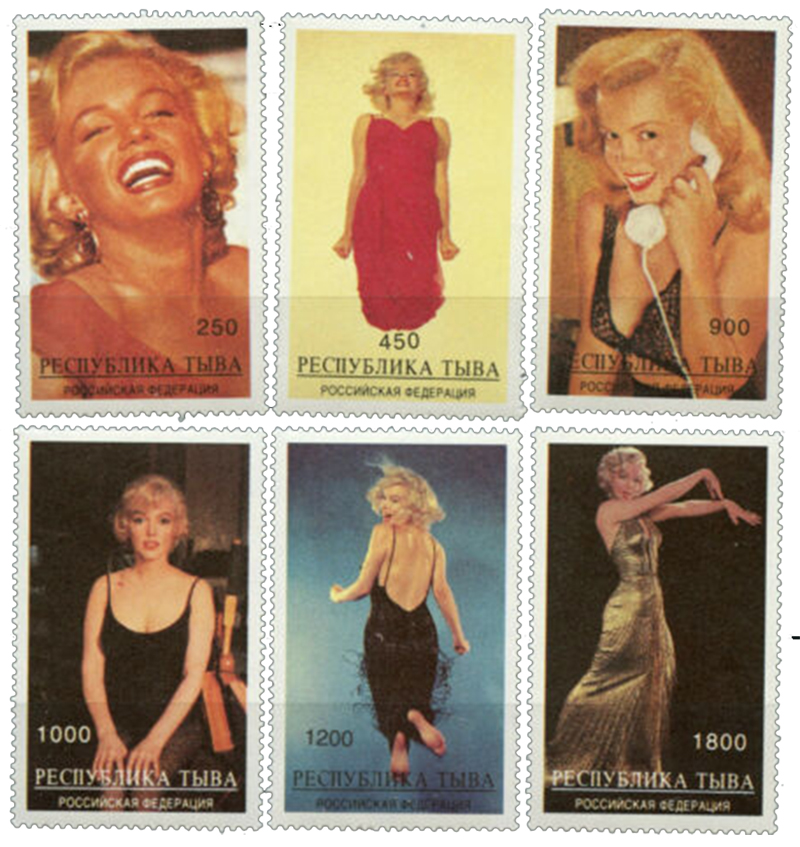
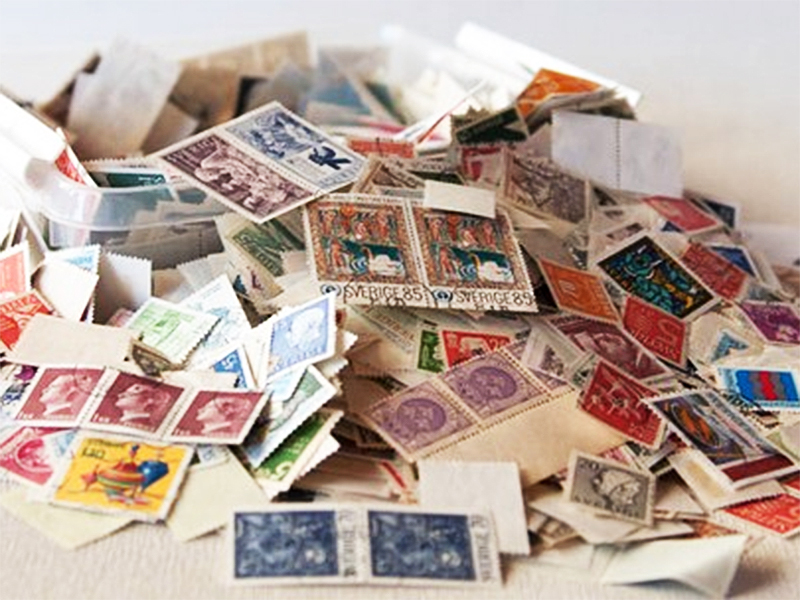
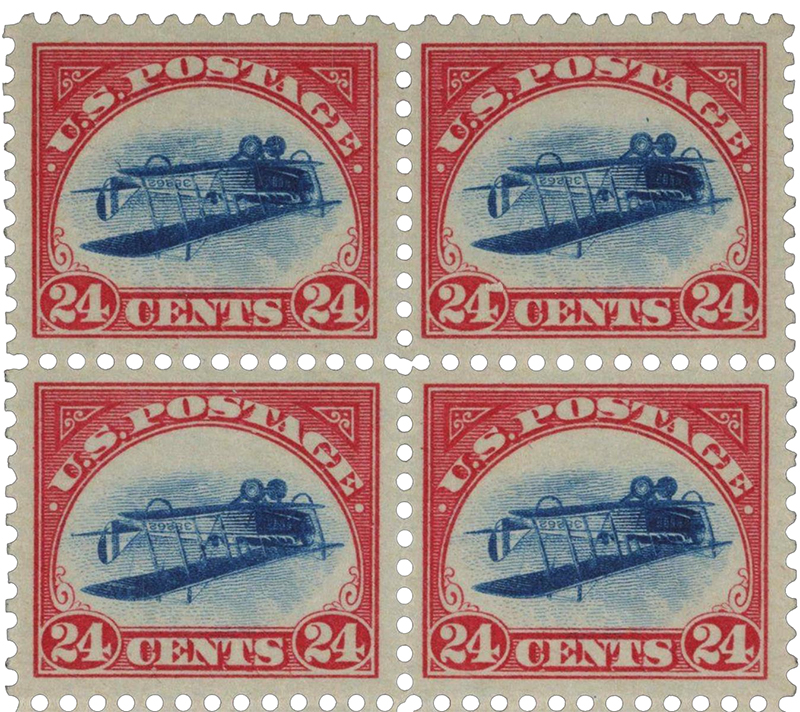
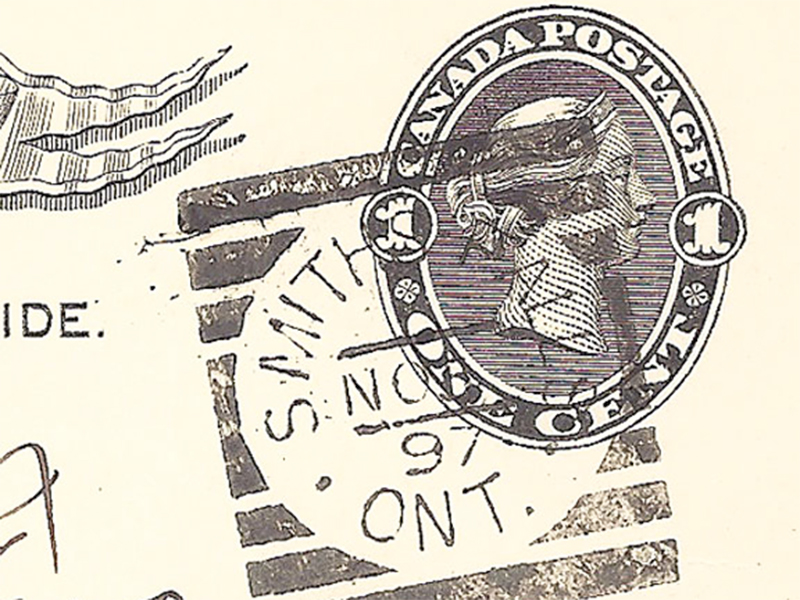





Leave a Reply